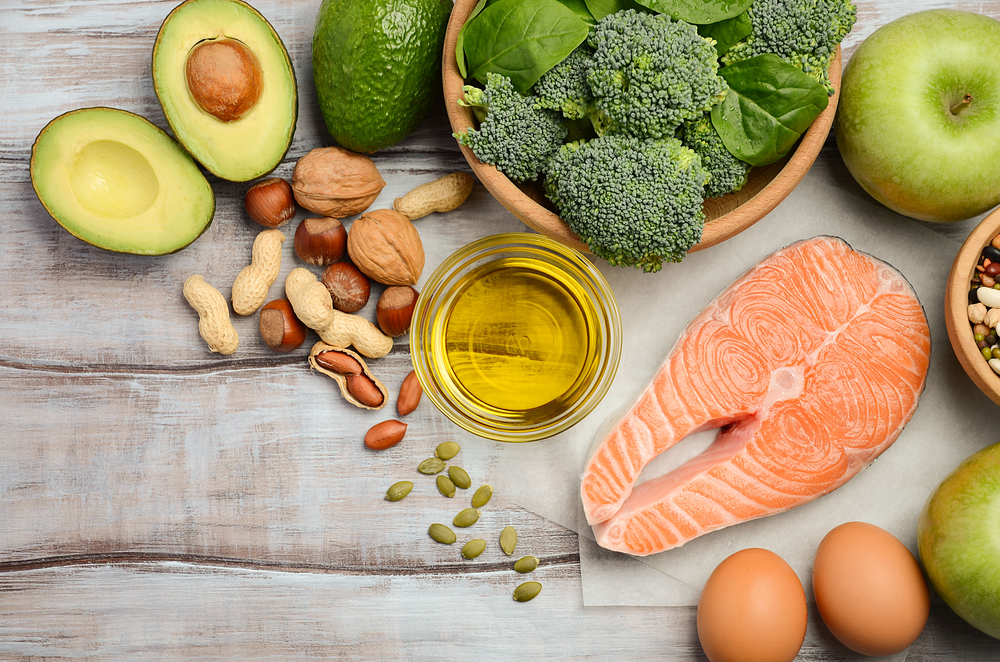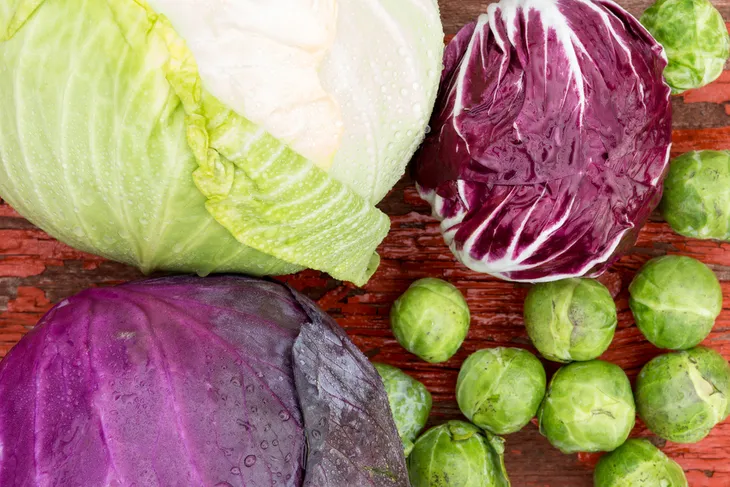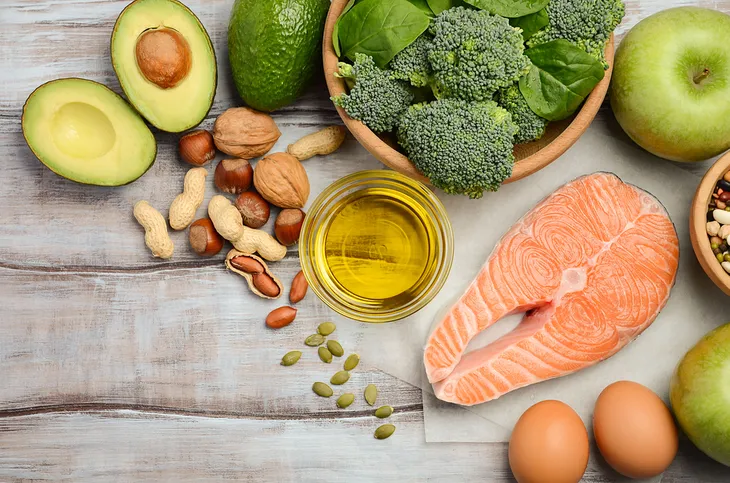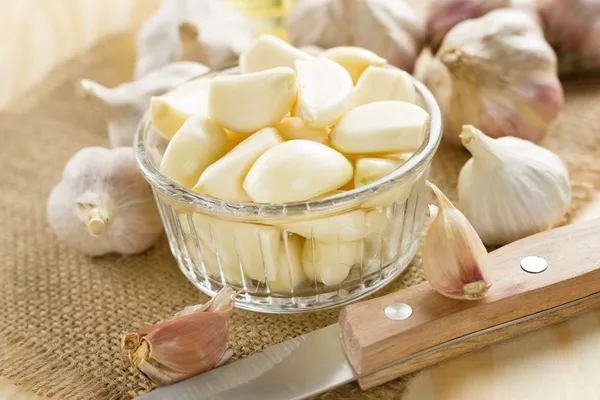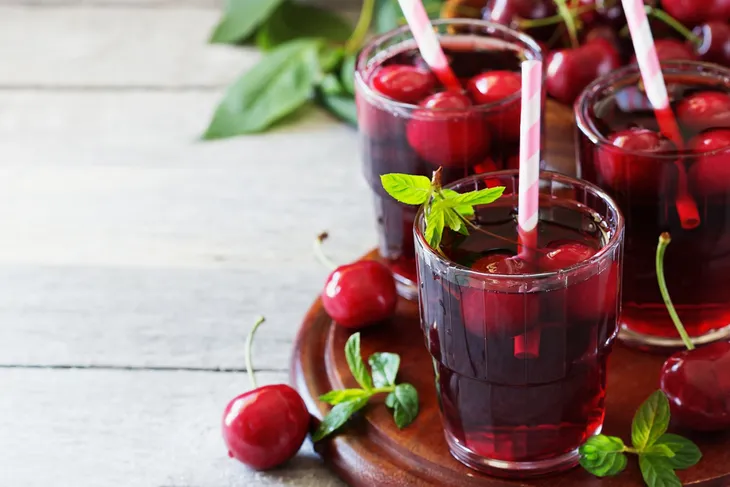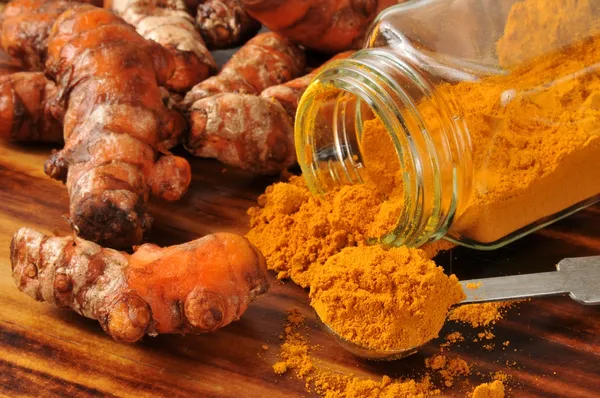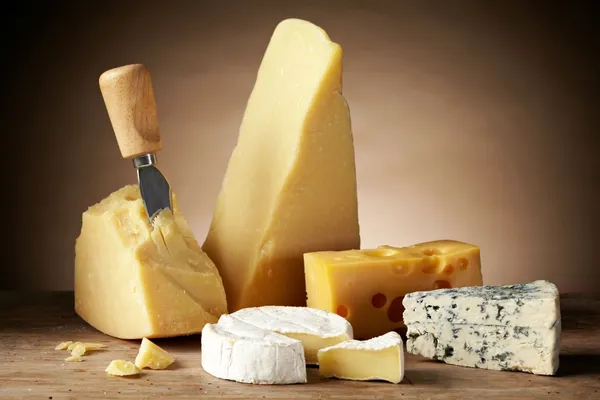Getting older brings many challenges, many of them health-related, with few more irritating and painful than the development of arthritis pain. Caused by inflammation in the joints, particularly in the hands, knees, hips, and feet, arthritis pain afflicts millions of Americans and leads many to seek out medications and supplements designed to help alleviate the discomfort associated with this condition.
But arthritis sufferers should also be trying to limit their consumption of high-fat and high-calorie foods that can lead to weight gain — after all, gaining weight only places more pressure on the joints, thereby increasing the potential for arthritis pain. Beyond maintaining a healthy weight, there are actually some foods that can help to reduce joint inflammation and alleviate the pain caused by arthritis.
Cruciferous Vegetables
Vegetables that belong to the cruciferous family — including cabbage, brussels sprouts, and broccoli — are great additions to the diet of an arthritis patient because they contain a compound known as sulforaphane, which has been shown to help reduce the decline of cartilage in our joints. In doing so, it can help keep our joints feeling young and reduce inflammation and joint pain.
Beyond its direct benefits for arthritis patients, cruciferous vegetables are also very high in fiber, which means they can keep you feeling full longer and may reduce overall appetite. For anyone who’s looking to maintain or lose body weight, that can be incredibly helpful.
Omega-3 Foods
If you haven’t heard about omega-3 fatty acids, it’s time to pay attention to this compound that can help fight inflammation wherever it’s causing trouble in the human body. Eating foods or taking supplements with omega-3 fatty acids has been shown to help fight heart disease, improve brain functionality, and, yes, limit pain associated with arthritis.
So, what foods contain omega-3 fatty acids? Perhaps the most popular omega-3 food is salmon, which contains an ample amount of the compound. But that’s not all: omega-3 fatty acids can also be found in tuna, trout, and mackerel. Not a fan of fish? Then look to flaxseeds, which are often found in whole grain breads.
Garlic
Garlic may be one of the most dynamic foods out there, making an excellent addition to dishes from around the world. And it’s not just great because of its flavor — garlic is, along with leeks and onions, a member of the allium family, meaning it contains a compound known as diallyl disulfide. The benefit? It can help minimize the impact of enzymes that damage cartilage and intensify pain associated with arthritis.
Thanks to its versatility, it’s easy to add garlic to just about any savory dish, from spaghetti sauce to stir fry. But don’t forget that its allium family members, like onions and leeks, can also help in the fight against arthritis pain.
Tart Cherry
Foodies typically turn to cherries when in search of a fruit that’s particularly sweet, but it’s actually the tart, or sour, cherries that can have the greatest impact on our health. That’s because tart cherries contain anthocyanin, a compound that gives cherries their red color and can help fight inflammation.
That means foods containing tart cherries can help to reduce the joint pain resulting from arthritis. The easiest way to get the benefits of tart cherries is to drink tart cherry juice. If the flavor is just a little too tart for your liking, consider cutting the tart cherry juice with a less tart beverage, such as low-sugar fruit punch.
Turmeric
Known for its bright yellow color, turmeric has been a popular ingredient in Asian foods for generations. This unique spice packs lots of flavor, which is why it’s so frequently added to spicy dishes like curry. That said, turmeric can make a great addition to just about any type of savory dish, like pasta sauce, soups, even salads.
But there’s more to turmeric than its unique color and taste. It’s also capable of helping to fight inflammation in the body, making it a great weapon in the fight against arthritis and joint pain. Turmeric is usually easy to find in the average grocery store’s spice section.
Bananas
Bananas may be one of the most popular foods on the planet, and for good reason: they’re sweet and have a lovely texture, which makes them fan favorites on their own. Bananas are also very dynamic, meaning they can be added to all kinds of sweet dishes, from bread to pancakes and even the morning bowl of cereal.
They’re also excellent fighters of arthritis pain. That’s because they contain potassium, vitamin B6, folate and vitamin C, all of which can help fight the decline of joints and limit the impact of arthritis pain. Just keep in mind that bananas do contain their fair share of natural sugar and calories, which means they need to be consumed in moderation.
Cheese
Americans love their cheese, especially good, old-fashioned cheddar. But whether it’s orange and firm, white and soft, or somewhere in between, cheese can help in the fight against arthritis and joint pain. That’s because it’s an excellent source of calcium, which can help maintain bone health and strengthen our joints. Some types of cheese, such as cheddar and colby, are also great sources of vitamin B6 and folate, which are also considered helpful in fighting inflammation and joint pain.
Just remember that cheese is typically high-fat and high in calories, so you’ll want to keep your consumption of it relatively moderate. It’s also worth noting that some types of cheese, such as cottage cheese, are significantly lower in fat and calories but still contain lots of calcium.
